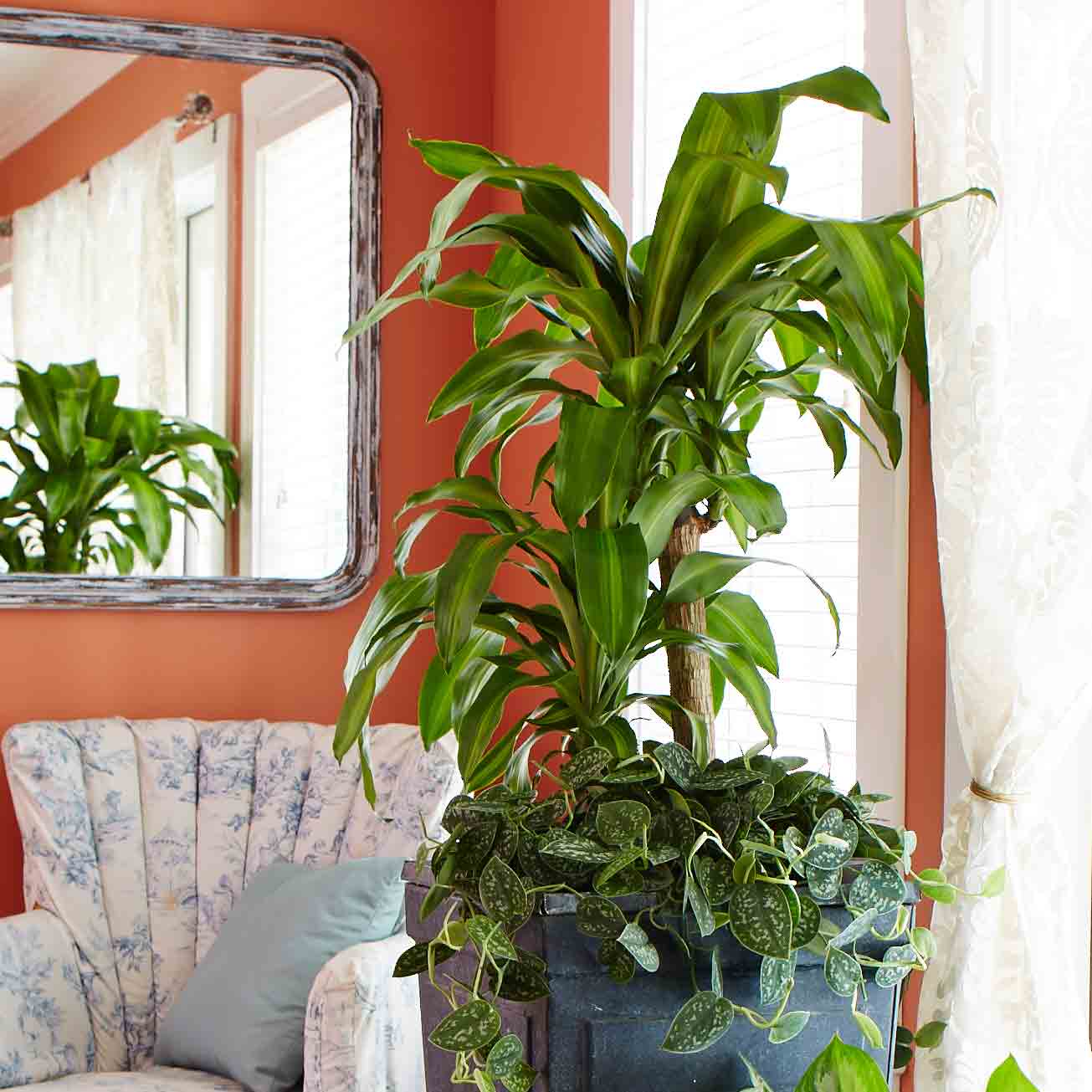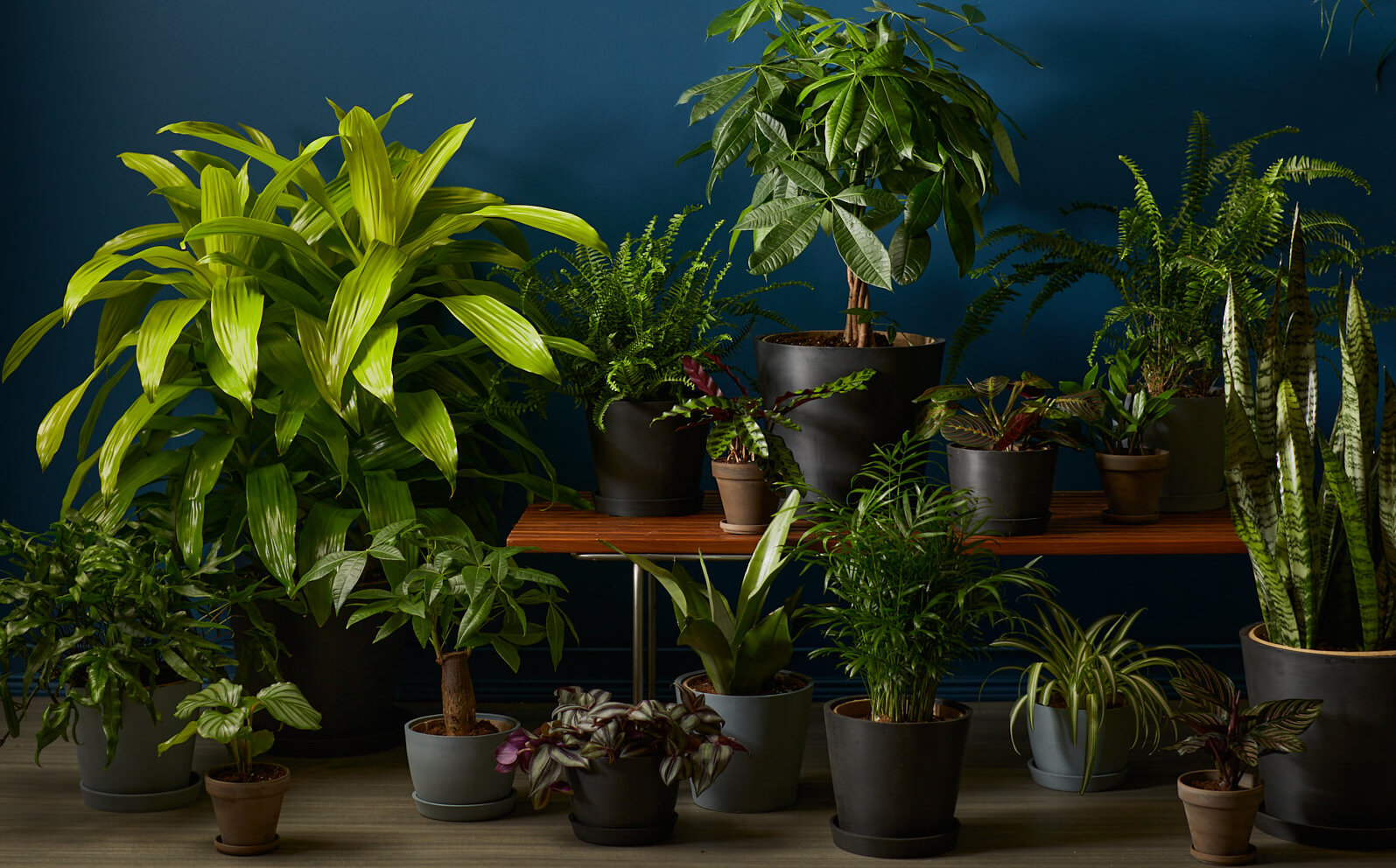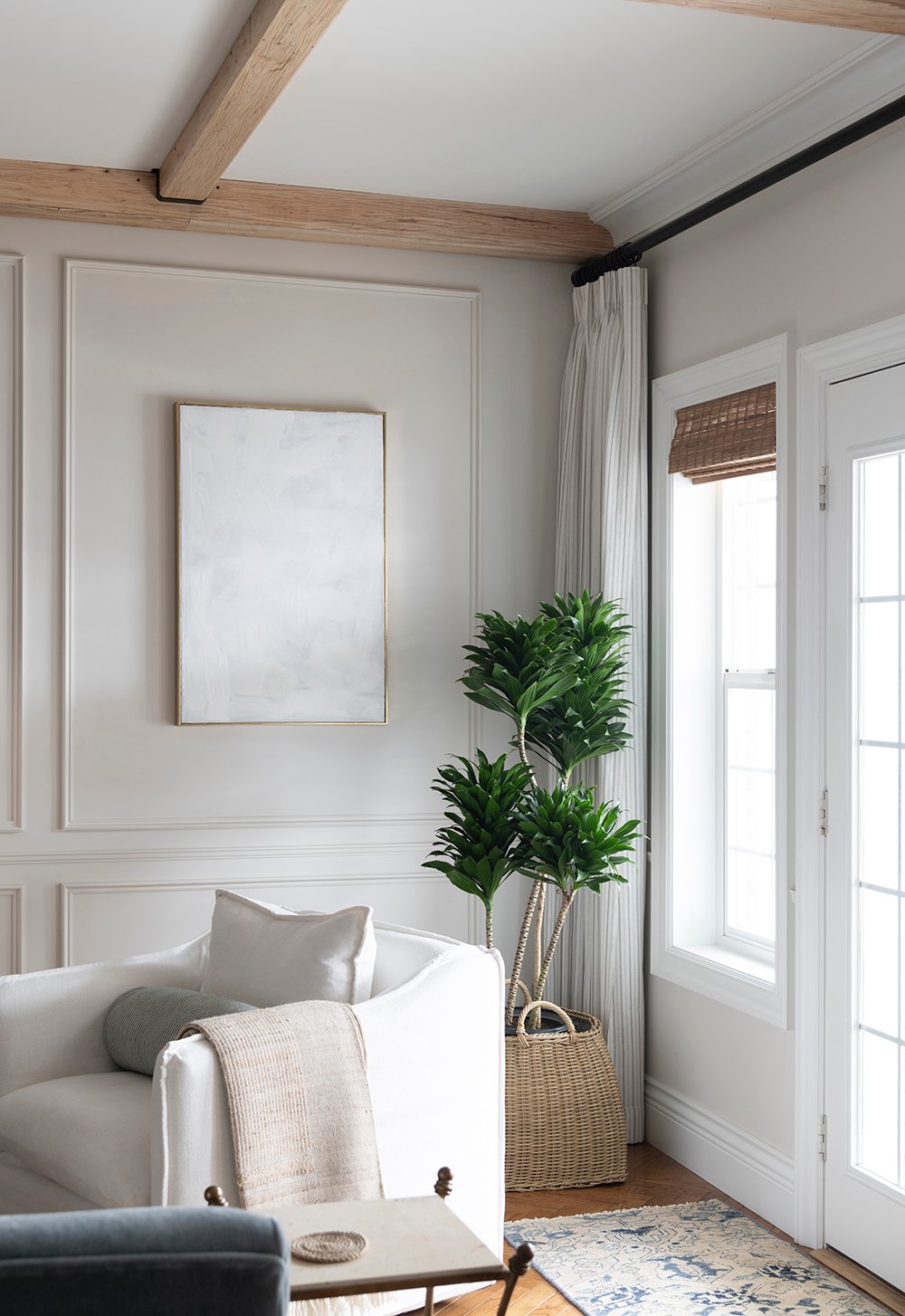Where to Place the Best Low-Light Indoor Plants in Your Home for Maximum Impact
Where to Place the Best Low-Light Indoor Plants in Your Home for Maximum Impact
Blog Article
Uncover the Secrets of Low-Light Indoor Plants and Exactly How They Improve Your Setting
Low-light interior plants have actually garnered enhancing interest for their special ability to boost both aesthetic allure and ecological top quality within work environments and homes. These resistant types, consisting of the Serpent Plant and Peace Lily, not only prosper in difficult lighting problems but also play a crucial duty in air filtration and emotional health.
Benefits of Low-Light Indoor Plants
Although lots of people assume that indoor plants need plentiful sunlight to prosper, low-light interior plants supply a wide variety of benefits that make them optimal for different settings. Among the main benefits is their flexibility; they can flourish in areas with restricted all-natural light, such as workplaces, basements, or spaces with small home windows. This attribute enables individuals to improve their environments with plant, adding to improved aesthetic appeals without the requirement for substantial lighting adjustments.
Furthermore, low-light indoor plants can considerably boost interior air quality by releasing and filtering system damaging toxic substances oxygen, making living areas healthier. The visibility of plants has been connected to greater sensations of harmony and focus.
Furthermore, low-light plants typically call for less upkeep than their sun-loving equivalents, making them ideal for active individuals or those brand-new to horticulture. Their durability allows them to flourish with very little intervention, thus providing a fulfilling experience for plant enthusiasts and beginners alike. In recap, low-light interior plants serve both visual and functional functions, making them important additions to any space.
Leading Low-Light Plant Varieties
Low-light indoor plants can be found in a selection of types, each offering distinct features and benefits matched for dim settings. Among the most prominent selections is the Snake Plant (Sansevieria), known for its building fallen leaves and air-purifying abilities. This resistant plant prospers on disregard and can endure a broad array of light problems.
An additional excellent selection is the ZZ Plant (Zamioculcas zamiifolia), which includes shiny, dark eco-friendly leaves and is extremely drought-tolerant. Its adaptability makes it a favored for offices and homes with limited sunshine.
The Pothos (Epipremnum aureum) is likewise a leading contender, with its tracking creeping plants and heart-shaped fallen leaves - Best low-light indoor plants. This versatile plant can be trained to climb or cascade, adding aesthetic interest to any kind of space

Care Tips for Low-Light Plants
Looking after low-light indoor plants needs a nuanced understanding of their specific demands to guarantee optimal growth and vigor. It is necessary to select the ideal potting mix, as a well-draining soil is essential to avoid origin rot. A blend designed for houseplants, usually containing peat moss and perlite, functions well for most low-light varieties.
Watering is one more essential aspect of care. Low-light plants normally require much less regular watering compared to their sun-loving counterparts. It is suggested to examine the leading inch of soil; if it really feels dry, it's time to water. Overwatering can lead to difficulties such as mold and mildew and root decay.
Fertilizing should be approached with caution. Throughout the growing period, a watered down fluid plant food can be used monthly, however in winter season months, lots of low-light plants get in dormancy and need little to no fertilizing.
Lastly, it's important to occasionally cleanse the leaves to eliminate dirt, enabling far better light absorption. By adhering to these care ideas, you can cultivate a successful environment for your my link low-light interior plants, enhancing both their appearance and longevity.
Enhancing Air Top Quality With Plants
Interior plants play a substantial duty in boosting air top quality within homes and workplace. Through the procedure of photosynthesis, these plants soak up carbon dioxide and launch oxygen, contributing to a much healthier environment. Additionally, specific low-light interior plants have the ability to filter unsafe toxins, such as benzene, trichloroethylene, and formaldehyde, which are typically discovered in interior environments.

In addition, the visibility of interior plants can boost humidity levels, which helps relieve completely dry skin and respiratory problems, better enhancing general well-being. This ability to enhance air top quality not only promotes physical wellness yet additionally supports psychological wellness.
Incorporating low-light indoor plants right into your living and functioning spaces can cause a more dynamic and stimulating atmosphere (Best low-light indoor plants). Purchasing these natural air cleansers is a basic yet reliable method for boosting indoor air top Bonuses quality and fostering a healthier way of living
Creating a Serene Indoor Room
The combination of plants right into living areas not only boosts air top quality yet also adds to a serene ambience. Low-light interior plants, such as snake plants and pothos, are particularly efficient in producing a serene atmosphere, as they prosper in conditions that may otherwise be unwelcoming for other plant. Their lush vegetation offers a soothing aesthetic, decreasing stress and promoting relaxation.
Integrating these plants into your home or office can evoke a sense of peace and well-being. Tactically placing them in locations where you spend substantial time, such as living rooms or work spaces, enables an immersive experience with nature, which has been revealed to improve mood and cognitive feature.
Moreover, the gentle movement of fallen leaves in response to airflow can develop a dynamic visual aspect that improves the total ambiance. Take into consideration using a range of plant heights and appearances to include deepness and passion to imp source your area. With thoughtful placement and treatment, low-light interior plants can change any area right into a serene refuge, promoting not just visual complete satisfaction however additionally emotional and mental wellness.

Conclusion
Including low-light indoor plants into numerous environments returns substantial benefits, including improved air top quality and improved visual charm. These hardy types not just flourish in very little light however likewise add to a soothing environment, promoting psychological and emotional wellness. By picking ideal selections and executing appropriate treatment methods, individuals can effectively grow a tranquil indoor space that promotes well-being and performance. The transformative power of low-light plants underscores their value in enhancing both property and occupational setups.
Although lots of individuals think that interior plants call for plentiful sunshine to thrive, low-light interior plants provide a wide range of advantages that make them optimal for numerous atmospheres.Moreover, low-light interior plants can dramatically boost indoor air top quality by releasing and filtering system dangerous toxic substances oxygen, making living areas healthier. Additionally, particular low-light indoor plants possess the capacity to filter dangerous pollutants, such as formaldehyde, trichloroethylene, and benzene, which are generally found in interior settings.
Low-light interior plants, such as serpent plants and pothos, are specifically effective in developing a tranquil setting, as they grow in conditions that may or else be inhospitable for other greenery.Incorporating low-light interior plants into different settings yields significant advantages, including improved air high quality and enhanced visual appeal.
Report this page